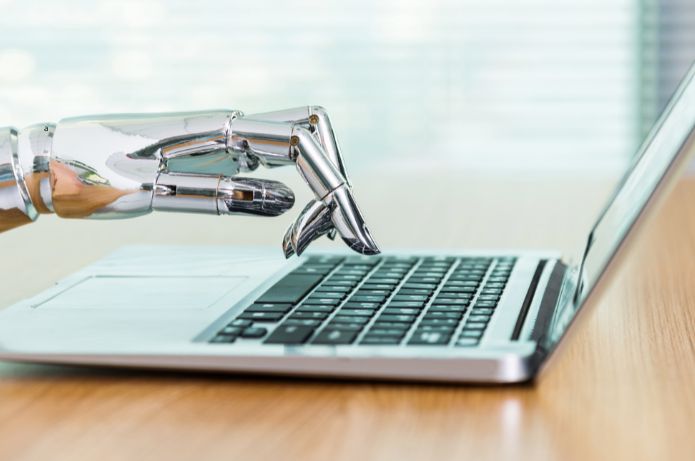Automating messaging through chatbots is an indispensable tool in customer service, providing fast and efficient interactions. However, to ensure the effectiveness of these solutions, it is essential to adopt best practices, transforming the conversation system into a virtual assistant.
Virtual assistants: the evolution of chatbots
The evolution of artificial intelligence technologies has enabled the improvement of chatbot tools in the pursuit of more individualized service through personalized responses.
The advancement of chatbot models with the integration of artificial intelligence solutions has reconfigured these tools as virtual assistants. Currently, conversation automation can be easily integrated into sales processes and metrics such as CRM using templates available online.
Task customization
With this change, the virtual assistant allows for smoother service, with easy access to the customer's history. Through the virtual assistant, it is possible to train bots to handle more complex data queries to assist human agents when necessary, ensuring a complete user experience without frustration.
The future of chatbots.
Soon, chatbots integrated with artificial intelligence promise to further revolutionize the user experience by incorporating data management from voice, image, and video. These tools will not only answer text questions but also understand verbal commands, creating more natural interactions that bring the user closer.
Furthermore, the ability to analyze images will enable visual diagnostics, such as the creation of infographics, product identification, and even advanced technical support with automated messaging. With these innovations, chatbots are transforming into even more complex assistants, offering personalized and agile solutions, while continuing to evolve with continuous data learning to optimize service, converting the tool into a virtual assistant.
*Adilson Batista is an expert in artificial intelligence – adilsonbatista@nbpress.com.br


